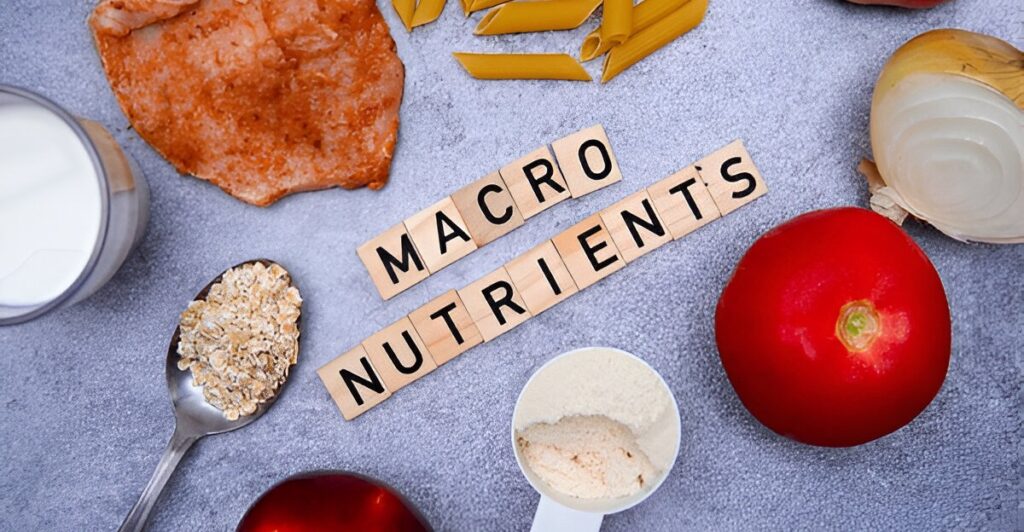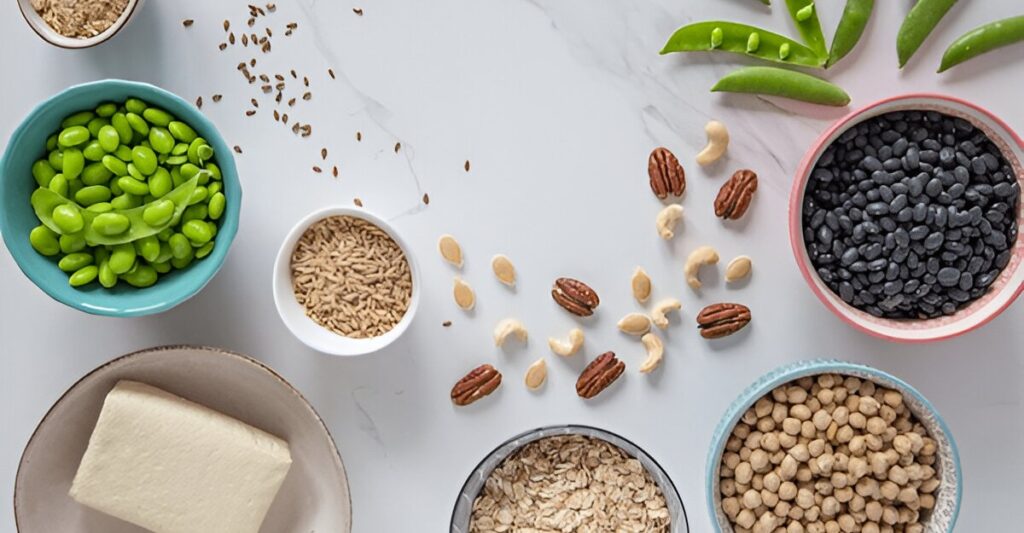High-protein diets have surged in popularity, championed by athletes, fitness enthusiasts, and those seeking weight loss or better health. By prioritizing protein-rich foods, these diets promise benefits like muscle growth, fat loss, and improved satiety. However, they also come with potential risks that warrant careful consideration. Understanding the benefits and risks of high-protein diets can help you decide if this approach aligns with your goals and how to implement it safely. This article dives into the science, highlights key advantages and drawbacks, and offers practical tips for success.
What Are High-Protein Diets?
A high-protein diet emphasizes foods rich in protein—such as meat, fish, eggs, dairy, legumes, or protein powders—while typically reducing carbs or fats. While there’s no universal definition, these diets often involve consuming 25-35% or more of daily calories from protein, compared to the standard 10-15% recommended by dietary guidelines. High-protein diets are often associated with plans like keto, paleo, or Atkins, but they can be customized to fit various lifestyles.
Benefits of High-Protein Diets
Research, including studies in The American Journal of Clinical Nutrition, highlights several advantages of high-protein diets. Here’s why they’re so popular:
1. Supports Muscle Growth and Repair
Protein provides amino acids, the building blocks for muscle tissue. High-protein diets enhance muscle protein synthesis, especially when paired with resistance training, making them ideal for athletes or those aiming to build strength (Journal of the International Society of Sports Nutrition).
2. Promotes Weight Loss
Protein is highly satiating, reducing hunger and cravings. Studies in Obesity show that high-protein diets increase feelings of fullness, helping people eat fewer calories and lose fat while preserving lean muscle.
3. Boosts Metabolism
The thermic effect of food (TEF) is higher for protein than for carbs or fats, meaning your body burns more calories digesting it. This metabolic boost can aid weight management, per The Journal of Nutrition.
4. Improves Blood Sugar Control
High-protein diets can stabilize blood sugar by slowing carb absorption, reducing spikes and crashes. This is particularly beneficial for managing type 2 diabetes or insulin resistance (Diabetes Care).
5. Enhances Bone Health
Contrary to old myths, high-protein diets may support bone health by increasing calcium absorption and stimulating bone-building cells, especially when paired with exercise (Journal of Bone and Mineral Research).
Risks of High-Protein Diets
While high-protein diets offer compelling benefits, they’re not without potential downsides. Understanding these risks is crucial for safe implementation.
1. Kidney Strain
Excessive protein intake can stress the kidneys, particularly in those with pre-existing kidney issues. A Nephrology Dialysis Transplantation study suggests that very high protein loads may accelerate kidney damage in susceptible individuals.
2. Nutrient Imbalances
Overemphasizing protein at the expense of carbs or fats can lead to deficiencies in fiber, vitamins, or healthy fats. Low fiber intake, for example, may cause digestive issues or increase colon cancer risk (The Lancet).
3. Heart Health Concerns
High-protein diets heavy in red or processed meats may raise cholesterol levels and heart disease risk due to saturated fats, per Circulation. Plant-based or lean protein sources are safer alternatives.
4. Digestive Discomfort
A sudden increase in protein, especially from supplements, can cause bloating, constipation, or diarrhea, particularly if fiber intake is low.
5. Long-Term Sustainability
High-protein diets can be restrictive, making them hard to maintain. Social challenges, like dining out, or monotony from limited food choices may lead to burnout.
How to Follow a High-Protein Diet Safely
To maximize the benefits and minimize the risks of high-protein diets, follow these evidence-based strategies:
1. Choose Diverse Protein Sources
Incorporate a mix of animal and plant-based proteins to ensure nutrient variety and reduce saturated fat intake.
Top Protein Sources:
- Animal: Chicken, turkey, fish, eggs, Greek yogurt.
- Plant: Lentils, tofu, tempeh, chickpeas, quinoa.
- Supplements: Whey, casein, or pea protein powders.
Pro Tip: Aim for 1.6-2.2 grams of protein per kilogram of body weight daily for active individuals, adjusting based on goals.
2. Balance with Fiber and Healthy Fats
Include vegetables, fruits, whole grains, and healthy fats (like avocados or olive oil) to prevent nutrient deficiencies and support digestion.
Pro Tip: Target 25-30 grams of fiber daily to maintain gut health.
3. Stay Hydrated
High-protein diets increase water needs for digestion and kidney function. Drink 8-10 cups of water daily, more if you’re active.
Pro Tip: Carry a reusable water bottle to track intake.
4. Monitor Kidney and Heart Health
If you have kidney or heart issues, consult a doctor before starting a high-protein diet. Regular check-ups and blood tests can monitor cholesterol, kidney function, and other markers.
Pro Tip: Choose lean meats or fish over processed meats to protect heart health.
5. Time Protein Intake Strategically
Spread protein evenly across meals (20-30 grams per meal) to optimize muscle repair and satiety. Post-workout protein within 30-60 minutes enhances recovery.
Pro Tip: Pair protein with carbs post-workout (e.g., protein shake with fruit) to replenish glycogen.
Sample High-Protein Meal Plan
Here’s a one-day meal plan to illustrate a balanced high-protein diet:
- Breakfast: Greek yogurt with berries, chia seeds, and a scoop of whey protein.
- Snack: Hard-boiled eggs and a handful of almonds.
- Lunch: Grilled chicken breast with quinoa, roasted broccoli, and avocado.
- Snack: Edamame and carrot sticks.
- Dinner: Baked salmon with lentils, sautéed spinach, and olive oil dressing.
Who Should Avoid High-Protein Diets?
High-protein diets may not suit everyone. Those with kidney disease, liver conditions, or certain metabolic disorders should avoid them unless cleared by a doctor. Pregnant women, older adults, or those with specific dietary needs should work with a dietitian to tailor protein intake.
Final Thoughts
High-protein diets offer powerful benefits, from muscle growth and weight loss to better blood sugar control, but they come with risks that require careful planning. By choosing diverse protein sources, balancing nutrients, and monitoring health, you can harness the advantages while minimizing drawbacks. Start gradually, perhaps by adding a protein-rich snack or meal, and adjust based on how your body responds. With a thoughtful approach, high-protein diets can be a sustainable tool for achieving your health and fitness goals.


